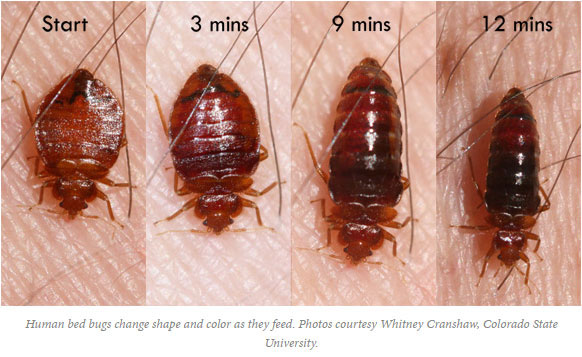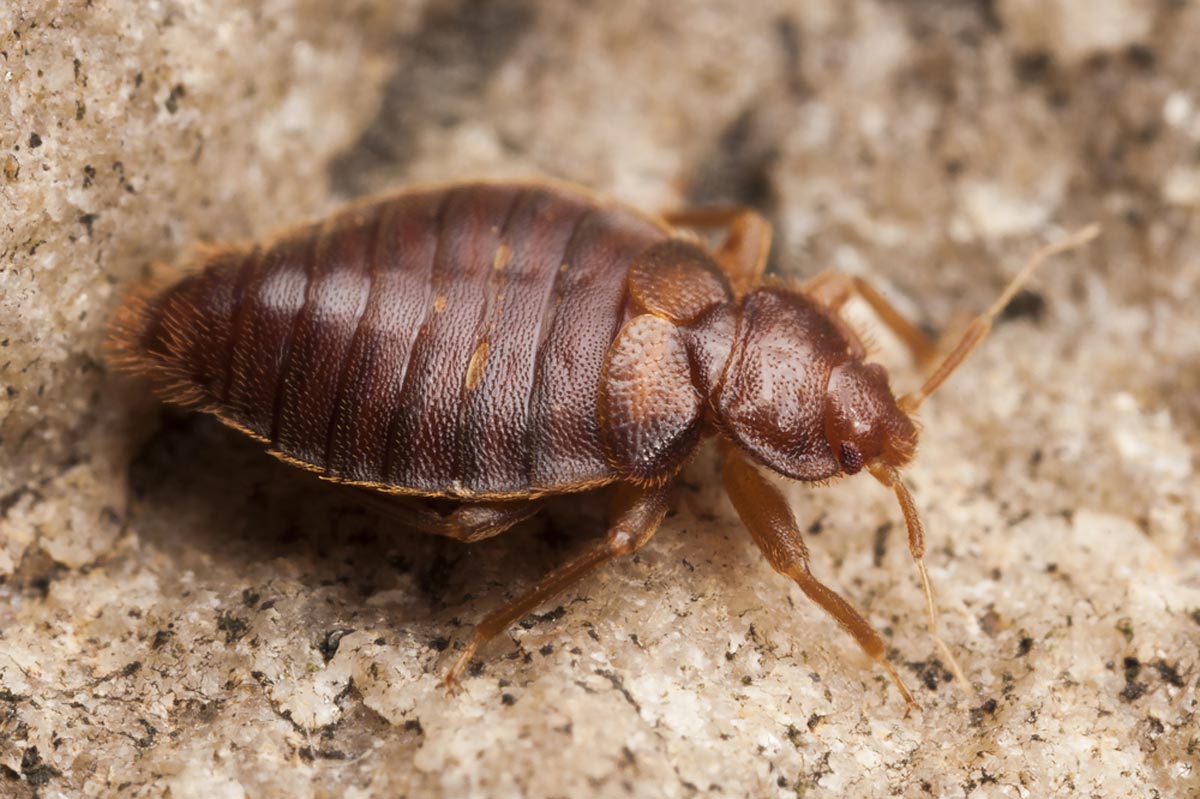Top A1 Bed Bug Treatment in Houston - Quick and Affordable
Top A1 Bed Bug Treatment in Houston - Quick and Affordable
Blog Article
Understanding the Lifecycle of Pests for Targeted Control Approaches
Comprehending the lifecycle of insects is a basic element of reliable insect administration methods. By comprehending the numerous stages of advancement that bugs undergo, an extra exact and targeted strategy can be adopted to control their populations. This understanding not just sheds light on the susceptabilities within the bug lifecycle yet also paves the means for implementing strategic actions that can disrupt their development and recreation cycles. Through a much deeper understanding of just how insects progress and flourish, tailored control techniques can be made to deal with details points in their lifecycle, ultimately causing more successful pest monitoring outcomes.
Value of Comprehending Parasite Lifecycle
Comprehending the lifecycle of parasites is essential for establishing efficient and targeted control strategies in insect monitoring. By comprehending the numerous phases a bug experiences from egg to grownup, parasite control professionals can determine weak spots in the lifecycle where intervention can be most successful. Recognizing when larvae are most energetic can aid identify the ideal timing for applying larvicides. Furthermore, understanding the lifespan of a bug varieties can assist in anticipating populace growth patterns and prospective problem dangers.
Furthermore, acknowledging the details environmental conditions needed for each phase of the pest's lifecycle can guide choices on habitat modification or exemption techniques to disrupt the lifecycle and minimize insect populaces. This expertise makes it possible for pest management specialists to apply proactive actions instead than counting only on responsive treatments, causing more long-term and sustainable parasite control services. Ultimately, a complete understanding of bug lifecycles equips bug control professionals to tailor their strategies successfully, decreasing ecological effects and maximizing control outcomes.
Key Phases in Insect Growth
To properly execute targeted control approaches in parasite administration, a critical aspect depends on thoroughly identifying and recognizing the crucial phases in parasite development. Parasite advancement normally includes several essential stages that are essential for their lifecycle and management. The initial stage is the egg phase, where pests lay eggs that later on hatch right into larvae. Larvae then proceed right into pupae, a phase where they undertake transformation prior to emerging as adult insects. Comprehending these phases is essential as it assists in pinpointing weak spots in the lifecycle where control measures can be most reliable.

Susceptabilities in Bug Lifecycle
Throughout the numerous stages of an insect's lifecycle, distinctive vulnerabilities emerge that can be purposefully targeted for effective control measures. One crucial vulnerability lies in the egg stage, where pests are often a lot more prone to specific pesticides or organic control agents as a result of their soft external covering, making them much easier targets for treatment. Additionally, the nymph or larval stage provides this susceptabilities as pests go through quick growth and growth, needing high energy usage that can be exploited by disrupting their food resources or introducing growth preventions. Pupal phases, characterized by immobility and change, use a window for targeted control through physical barriers or specific therapies that prevent effective introduction. Adult parasites, while a lot more resistant due to their reproductive capacity, can still be at risk throughout mating or egg-laying tasks, which can be interfered with via pheromone traps or sanitation methods. Comprehending these vulnerabilities in the insect lifecycle is necessary for developing exact and efficient control methods that properly handle parasite populaces while lessening environmental influence.
Applying Targeted Control Measures

Implementing targeted control measures normally involves a multi-faceted approach. This may consist of environment adjustment to make the environment less congenial to bugs, such as eliminating standing water for insect control or securing entrance points for rodents. In addition, biological control approaches can be utilized, where all-natural killers or pathogens are introduced to keep insect populaces in check.
Integrated Bug Administration (IPM) strategies that integrate various control measures in a worked with and lasting fashion are often the most efficient in achieving long-lasting parasite Going Here management goals. By applying targeted control actions based on a complete understanding of parasite lifecycles, bug populations can be effectively regulated while lessening risks to human wellness and the atmosphere.
Enhanced Pest Management Practices

Furthermore, the incorporation of biological control agents, such as natural killers or pathogens of parasites, can assist minimize reliance on chemical pesticides and advertise a much more well balanced community. Executing physical barriers and catches can likewise be part of improved pest monitoring techniques, offering safe and targeted solutions for insect control. Furthermore, using scents and various other semiochemicals can interrupt pest mating patterns and interaction, causing reduced insect populaces gradually.
Conclusion
To conclude, understanding the lifecycle of pests is vital for effective pest management methods. By determining essential phases in parasite growth and vulnerabilities in their lifecycle, targeted control measures can be applied to lessen bug populaces. Enhanced bug administration methods can aid reduce the reliance on broad-spectrum pesticides and advertise even more ecologically friendly and sustainable bug control approaches. This knowledge plays an essential function in preserving healthy communities and agricultural efficiency.
Recognizing the lifecycle of parasites is vital for establishing efficient and targeted control strategies in insect administration. By understanding the different phases a parasite goes through from egg to grownup, pest control specialists can recognize susceptible points in the lifecycle where intervention can be most successful. Eventually, a comprehensive understanding of insect lifecycles empowers pest control practitioners to customize their strategies effectively, minimizing ecological influences and taking full advantage of control end results.
By implementing targeted control procedures based on a detailed understanding of parasite lifecycles, bug populaces can be efficiently regulated while decreasing dangers to human health and the setting.
By identifying essential phases in insect development and susceptabilities in their lifecycle, targeted control measures can be executed to click for info decrease bug populations.
Report this page